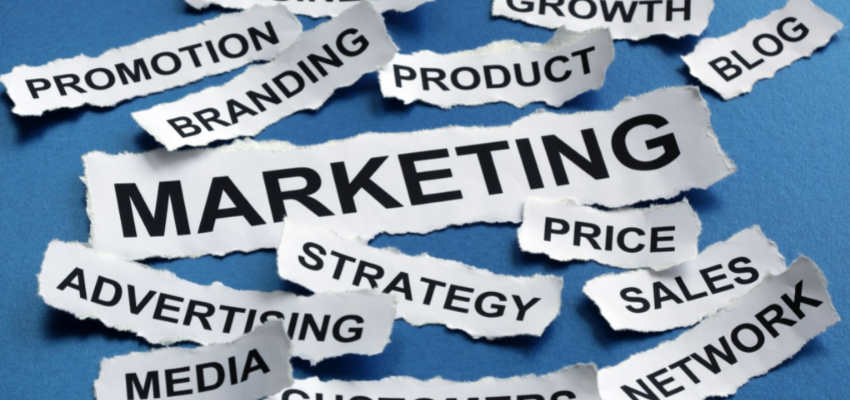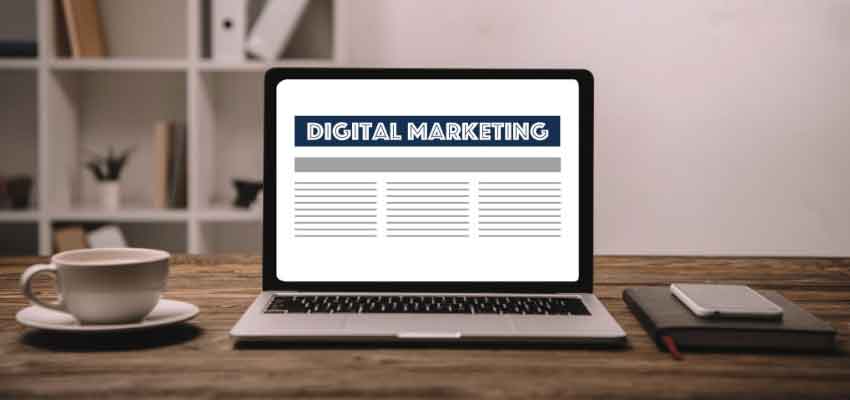Show:
Digital vs. Live Marketing
The primary difference between digital and live marketing is the medium through which the audience receives the marketing message. Digital marketing is conducted over the internet, so it reaches people through screens. Live marketing happens in person, at events, exhibitions and in other live situations. For an effective marketing strategy you should really adopt a combination of digital, traditional and live marketing to maximise your exposure.

Although recently there has been more of a focus on digital marketing, with companies trying to gain audiences through social media, live marketing still has its place. Attending an industry specific trade show can bring many benefits from generating qualified leads to brand recognition. Nowhere else will you find a room full of thousands of people, in buying mode, seeking products like yours.
What is digital marketing?
Digital marketing is reaching out to audiences via online channels. This can be through your website, email, social media or online advertising.
Digital marketing can involve creating content for websites or social media, creating adverts, working with influencers or affiliate marketing. Search engine optimisation is also a form of digital marketing.
What is live marketing?
Live marketing is marketing that happens in person. This may be by booking a stand at an exhibition or trade show, hosting a conference, having a pop-up shop, hosting workshops or seminars.
Live marketing has the ability to inspire and engage audiences in a way that digital marketing cannot. You have the audience there in front of you, and can explain in detail your product offering and demonstrate it if necessary.
Benefits of digital marketing
1. Measurability
When investing time and money into a marketing campaign it is useful to be able to accurately measure its success. Most digital marketing allows you to do this. If you are running a PPC (pay per click) advertising campaign you can see who clicks on your adverts, what they do on your website and whether or not they convert.
By using Google Analytics to analyse your website you can tell exactly where visitors have come from. This will give you an idea of what content or adverts are working and which are not. Your search engine ranking for keywords will also show you which content is effective for this purpose.
2. Cost
Much digital marketing can be done for free, or just by utilising internal resources. Publishing regular content on your website and social media costs nothing, although it does take time commitments. This makes most digital marketing a very affordable and straightforward way of reaching new audiences.
Advertising comes at a cost, but with pay per click you only pay when someone clicks on your advert, so you only pay for results which is a cost-effective form of marketing.

3. Engagement and reach
The potential audience for digital marketing is huge, you can have a global reach with very little effort and cost. This puts digital marketing ahead of all other forms of marketing in this respect. Social media also has better engagement than most other marketing channels, you are able to reach out to an audience that is interested in your products.
4. Communication
Talking to customers online takes a lot less time and effort than talking in person or over the phone. Emails and instant messages are a much more efficient form of communication. You can also communicate with large numbers of people at once via messages which saves a lot of time.
Disadvantages of digital marketing
1. Effectiveness
Digital marketing has become so popular that it is easy to get lost amongst the noise. Whilst you can publish regular content, it won’t necessarily get noticed because everyone else is doing the same thing.
Paying for content to appear in rankings is one solution, but audiences tend to ignore the ads and pay much more attention to organic search results. The same with banner ads, you have to produce something quite special for people to notice it, there are so many ads that people block them out. The same with emails, people receive so many that unsolicited emails tend to be deleted or ignored.
2. Time consuming
Posting enough content for it to have an effect is basically a full-time job. This means you will have to employ someone to focus on it which comes at a cost. Or you can employ an agency which will be just as expensive.
3. Dependant on technology
Digital marketing is wholly reliant on technology and the internet is prone to errors. Links may be broken, ads not appear, emails get blocked, web pages may not load. All sorts of things can go wrong and monitoring it all takes a lot of time.
Advantages of live marketing
1. Brand awareness
With live marketing you can expose attendees to your brand with an immersive and engaging experience. You have the opportunity to explain and demonstrate your products fully, and visitors will really get a feel for what your business is about. Unlike most other forms of marketing, to which consumers have become blind, live marketing gives you a chance to really get their attention. 65% of businesses said that in-person trade shows were an invaluable part of their marketing strategy.

2. Lead generation
Attendees at an event are generally there because they are interested in products like yours. This gives you the opportunity to gather lots of qualified leads for your business. 81% оf trаdе ѕhоw attendees hаvе buуіng аuthоrіtу, giving you a great opportunity to make sales.
3. Customer engagement
Live marketing gives you the opportunity to engage with customers on a one-to-one basis. You can really explain your products in a way that is difficult online. Face-to-face marketing is still the most effective form of selling, people like to engage with other people, we are social animals. Engaged customers buy 90% more often, spend 60% more per transaction and are up to five times as likely to buy from the same brand in the future, according to research conducted by Rosetta Consulting.
4. Opportunity to educate the industry
Live marketing generally features some form of education. This enables you to have an influence on the industry much more effectively than through digital channels. 65% of consumers said live events enabled them to have a better understanding of a product or service.
Disadvantages of live marketing
1. Cost
Most forms of live marketing come with a certain amount of investment. If you are hosting an event that can be very expensive. Even attending a trade show carries a cost, booking the space and organising an exhibition stand can be expensive. The best solution is to source a reusable stand from a company like Quadrant2Design who make customized modular stands which can be reused and reconfigured many times, spreading the cost over a number of events.
2. Time consuming
Organising a live marketing event takes a significant amount of time and effort. There is a lot to think about and much that can go wrong.
3. Results are not guaranteed
If you pick the wrong event, or don’t market it properly you may not achieve a good ROI. The attendees that an exhibition attracts may not be right for your business, or you may get lost amongst bigger and better stands. It’s important to do your research first and market your attendance well.
Digital and live marketing both have their place in an effective marketing strategy. There are pros and cons of both, so the best solution is to achieve a balance between the two to maximise your reach.

 Return to Previous Page
Return to Previous Page








